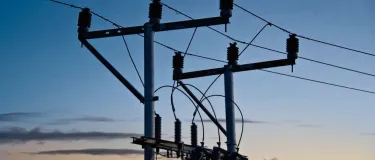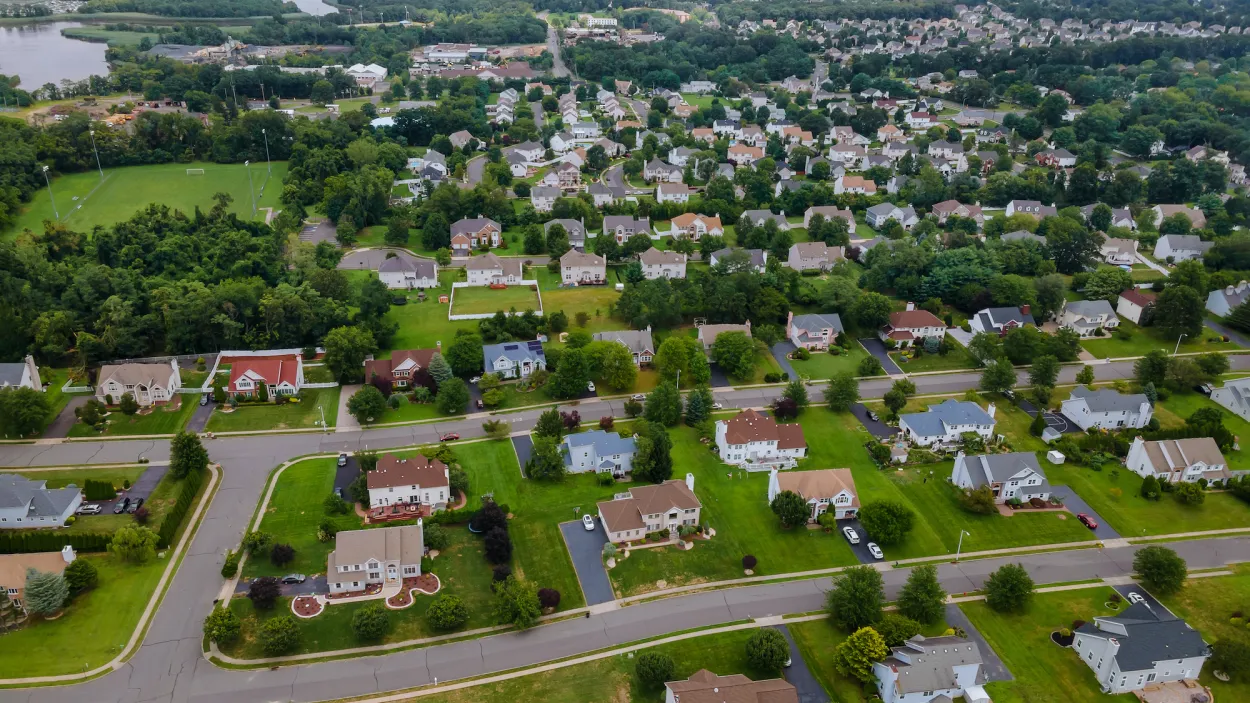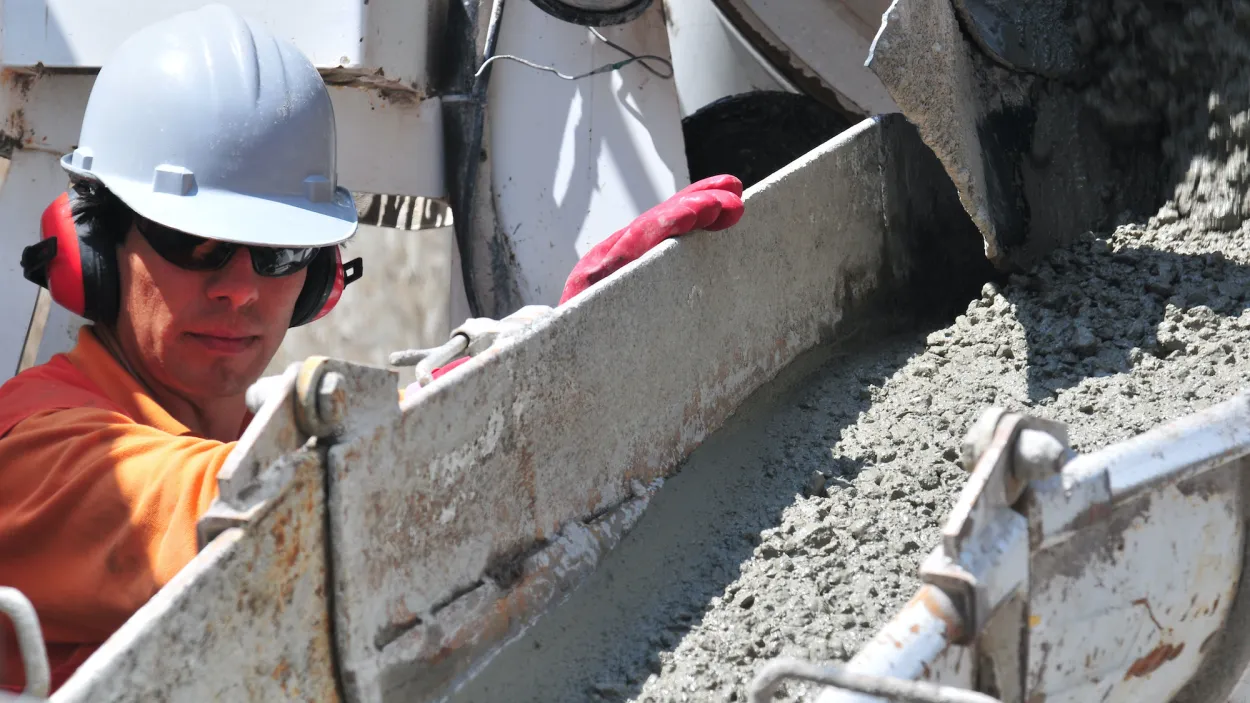Increased Reliability with Thermaflow™: Baltimore Gas and Electric Company
Severe weather is the number one cause of power outages in the United States costing the economy between $18 billion and $33 billion every year in lost output and wages, spoiled inventory, delayed production and damage to grid infrastructure. The number of outages is expected to rise as climate change increases the frequency and intensity of extreme-weather events. Increasingly, utilities across the nation are burying high-voltage transmission lines to enhance the resiliency and reliability of their power grids.
Through its Electric Reliability Investment (ERI) initiative, Baltimore Gas and Electric Company (BGE) is accelerating the pace of grid improvements to reduce electric service interruptions to its 1.25+ million customers. During the past decade, central Maryland has experienced an increase in major storm activity, weathering four of the most damaging storms in BGE’s history. Today, more than 60% of BGE’s electric lines are secured underground and the utility is actively burying additional sections of its overhead transmission lines to protect them from harsh weather and other threats.
The Challenge
As part of the ERI initiative to help ensure the continued reliability of its energy supply, BGE initiated a project to construct a new transmission line in the southernmost portion of its service corridor. The project involved the installation of a 115-kV, 3-mile-long underground transmission cable by means of a concrete-encased duct bank system from BGE’s Raphael Road substation in Baltimore County to its Joppatowne substation in Harford County.
The installation of underground transmission lines is a demanding process as there is no easy way for the heat generated by these expensive high-voltage cables to escape. If there is too much power running through a cable and its operating temperature becomes excessively hot, the result can be the derating of the cable ampacity, hot spots, reduction in cable lifespan and ultimately premature cable failure. To create a stable thermal environment underground, utilities must rely on custom-engineered thermal-grade concrete for the duct bank encasement and advanced thermal fill materials with optimal thermal resistivity properties for conducting heat away from the cable.
According to Zachary Lovett, value-added products manager at Holcim US, a significant cause of excessive heating and failure of underground transmission lines is the improper selection of thermal fill materials. “For the BGE project, the use of custom-designed thermal concrete and thermal fill solutions was of paramount importance to enhance heat dissipation, increase the allowable ampacity and ensure the new transmission line operated efficiently over its designed 40-year life expectancy,” he explained.
The Solution
To meet the stringent performance criteria for the project, Holcim’s regional quality-control laboratory developed more than 15,350 cubic yards of Thermaflow™, an advanced thermal fill product that is a custom-engineered mix of local materials, pretested by regional laboratories and verified by third-party independent laboratories to ensure reliable material performance.
The strengths of the thermal concrete (duct bank encasement) and flowable thermal backfill materials for the BGE project were designed to achieve 4,000 psi and 300 psi, respectively, at 28 days. The maximum thermal resistivity (rho values) of both materials was specified with a maximum thermal resistivity of 100° C-cm/W at 0% moisture. “Based on the specified performance characteristics of the material to be used in the project, we designed our mixes to those criteria, exceeded the performance and then consistently tested the material throughout the project cycle to confirm the delivery of the design parameters,” Lovett said.
The performance of the custom-engineered Thermaflow™ exceeded expectations, as the mixes delivered superior thermal resistivity values — from the mid-70s to the low-60s at 0% moisture — to ensure maximum heat dissipation from the cables. In addition, Holcim’s expertise in self-consolidating, non-segregating mixes with precise spread and viscosity facilitated the development of thermal mix designs with the ideal flowability and small aggregate sizes to pack firmly around tight spaces between the runs of conduit.
The Results
“For the BGE project, the use of custom-designed thermal concrete and thermal fill solutions was of paramount importance to enhance heat dissipation, increase the allowable ampacity and ensure the new transmission line operated efficiently over its designed 40-year life expectancy.”
“Engineers, architects and owners throughout the Washington, D.C. area are very interested in integrating sustainable building practices and how construction materials can help achieve their goals,” said Fry. “This successful project using ECOPact green concrete will be a strong testimonial for others looking to balance performance and sustainability in their construction projects.”









